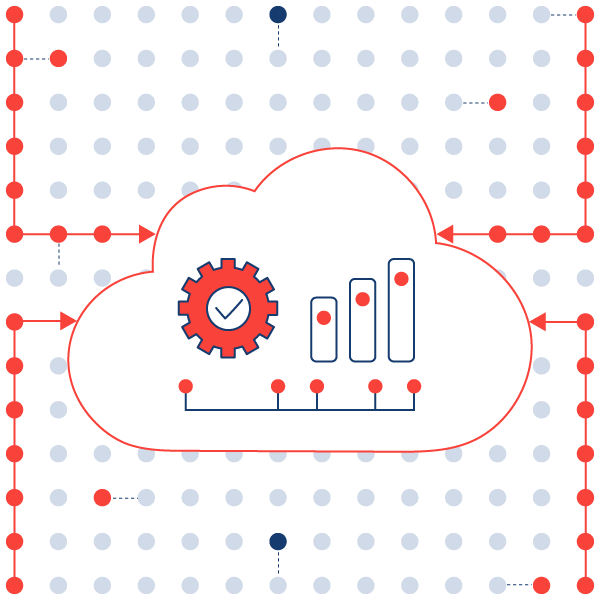Azure Data Integrationveselin2023-04-07T11:08:16+02:00
By driving the data ingestion process off metadata, the rule-based pipelines are rapid to deploy and easy to learn. Metadata can be stored in any SQL engine and maintained with basic SQL statements. New tables can be mapped in minutes and added to existing jobs. This allows for a single pipeline to ingest hundreds of tables from sourceto data lake, to target tables, in a consistent manner. Pipelines can be switched to handle ETL or ELT design patterns and can be given an appropriate level of parallelism to not overwhelm source systems or run sequentially to maintain foreign key consistency in the target data warehouse layer.
